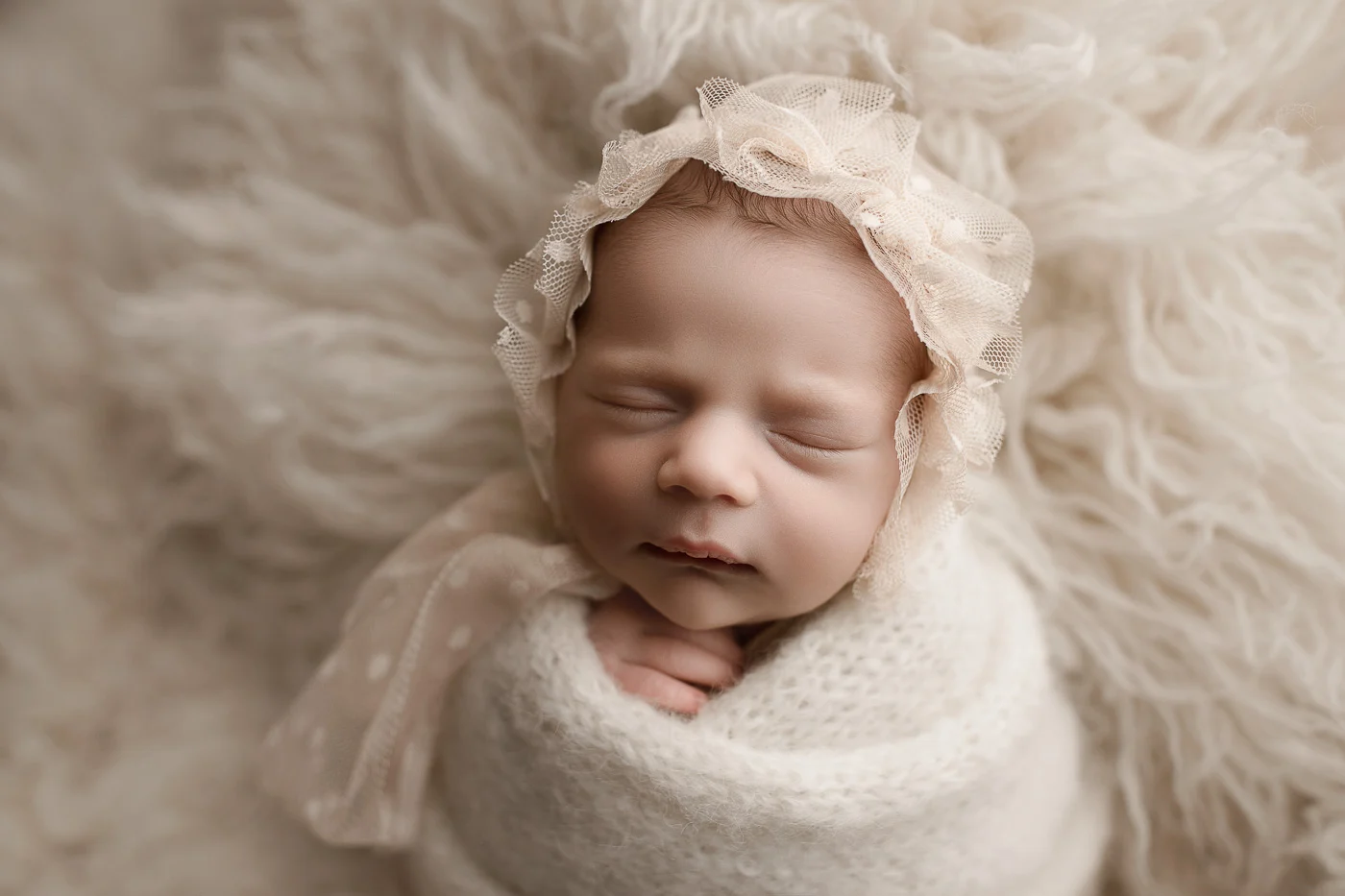We recently sold our home. While it wasn’t a monumental event in the grand scheme of things—houses change hands daily and we hadn’t lived there for quite some time—part of me felt a significant weight as we closed that chapter. After relocating to the suburbs a few years back, we opted to rent it out instead of confronting the unpredictable housing market, and for the last six years, a parade of young tenants made it their own.
Though I had no qualms about letting go of my landlord duties, a voice within me remained unsettled and mournful. I even contemplated making the two-hour drive to bid farewell—not to the structure itself, but to the patch of earth that held so much significance.
Nearly seven years ago, we planted a vibrant hibiscus in that small yard. Eager to brighten up our surroundings, we invested in gardening tools and colorful flowers, filling planters with cheerful blooms and arranging them around the front door. We planted tomatoes along the side and surrounded that tall hibiscus with a riot of impatiens. We brushed it off as mere landscaping, but deep down, we understood we were processing grief.
Just a week prior to our gardening efforts, I had faced the stark silence of an ultrasound machine. There was no heartbeat, just the static hum of the machine and the steady breathing of the technician. A few days later, I entered the hospital carrying a lifeless fetus, leaving with a hollow ache in my heart.
As my partner, Jack, tended to the garden under the blazing sun, I stood at a distance, hoping my sorrow would become intertwined with the roots of that hibiscus. Unbeknownst to us, the planting and pruning became an unintentional farewell—a makeshift headstone for our lost child.
Despite my hopes to move on, the ensuing months were among the darkest I had ever experienced. With the economy collapsing, Jack faced intense job-related stress, while I spiraled into despair, alternating between anger and an overwhelming emptiness. My days revolved around fertility treatments and pregnancy tests, but every time I passed that hibiscus, a fleeting sense of peace washed over me.
A year later, we relocated, and sadly, the plant perished. If I’m honest, it probably wouldn’t have survived even if we had stayed; the soil was poor, sunlight scarce, and my gardening skills were lacking.
So many memories of that house remain—bringing my eldest son home on a chilly October day, hosting Saturday night dinners in our cozy kitchen, dancing in our tight living room, navigating the challenges of first-time parenthood. Yet, of all those memories, it’s that flower—and the bare patch it left behind—that stands out most vividly, evoking a complex mix of emotions.
While the hibiscus served as a tribute to our grief, it also came to symbolize our strength and resilience. Despite our struggles, or perhaps because of them, Jack and I grew closer during that time. From the remnants of that flower, we cultivated a deeper love and appreciation for one another. Out of that loss sprouted an unwavering hope and faith.
Recently, while cleaning up around the property, I noticed a semicircle of bricks still encircling the spot where the flower once thrived. I paused, whispered goodbye to our little angel, and expressed gratitude for the arrival of our younger son, born a couple of years after that difficult period. I didn’t linger long—just enough to acknowledge and move forward.
However, as the sale of our home drew near, I found myself preoccupied with thoughts of that hibiscus, the bricks that framed it, and the buried sorrow that had once resided there. It felt illogical to grieve yet again for something that represented such a painful chapter of my life. Society often tells us that miscarriage is not a loss to mourn; we aren’t encouraged to talk about or honor it like other losses. After all, well-meaning people say, it wasn’t meant to be, or it wasn’t a healthy fetus, and it will happen when the time is right, the optimists reassure us.
Yet despite all the logical explanations surrounding a miscarriage, I felt an unshakeable sense of profound loss. Any raw personal truth—love, grief, hope, mercy—shines with a mysterious, almost irrational glow. This complexity is what makes the human experience so beautiful and challenging to comprehend.
We leave pieces of ourselves in many places, and my grief is buried in the dirt in front of that house on Nelson Street. But I also carry parts of that experience with me: hope, gratitude, resilience, and courage. Perhaps it’s not just about what we leave behind, but about what we carry forward that truly matters.
Goodbye, home on Nelson Street. Goodbye, sweet hibiscus that once bloomed in that patch of dirt. And though I part with you, my dear angel, you will always remain in my heart.
For those navigating similar experiences, seeking support and information is vital. Resources like Healthline’s guide on pregnancy provide valuable insights, while checking out this blog post may offer additional perspectives on the journey of dealing with loss. If you’re considering at-home insemination, you can find reputable products like the Cryobaby at-home insemination kit to support you on this path.
Summary:
The article reflects on the emotional journey of dealing with miscarriage and the complex feelings that arise when parting with a significant place tied to loss. Through gardening and memory, the author navigates grief and resilience, ultimately finding strength in the face of sorrow.

Leave a Reply